A group discussion among phase two Dairylink Ireland participants took place via conference call last week. The main topic was slow grass growth during the dry spell, as well as how to manage grass once growth takes off, which will hopefully happen after this week’s rain.
Growth rates on Dairylink farms are generally sitting between 40kg and 50 kgDM/ha/day.
It compares to rates of 70kg to 80 kgDM/ha/day, which are normally recorded at this time of year. With grazing demands from 51kg to 72 kgDM/ha/day, a deficit exists on all programme farms.
To reduce demand and extend the grazing round, the main options are to graze silage ground or buffer feed cows at milking time.
The latter is the more popular option among Dairylink farmers as there is plenty of silage leftover from the 2019/20 winter.
Questions about fertiliser applications were raised by the group and the recommendation from Dairylink adviser Aidan Cushnahan was to continue applying nitrogen to allow a quick restart to growth once rain arrives.
Listen to "Dry weather slows growth on Dairylink farms" on Spreaker.
“Give consideration to what you are applying. In these dry conditions, there is no point putting on unprotected urea, so apply CAN or protected urea to encourage maximum response,” Aidan said.
The dry period has allowed excellent grazing conditions and target residual covers of 1,500 kgDM/ha are being hit. Minimal rainfall since mid-March has also allowed field work to be completed with ease, including spring reseeds.
Last Friday’s conference call proved useful as a general catch-up among the Dairylink group. The discussion was positive and constructive, and it was clear that the issues raised were common across the group. In these times of social distancing, it can be easy to become a bit too isolated. For the majority of farmers who do not have access to discussion group teleconference, a phone call to a farming friend or neighbour can be beneficial.
Monitor grass covers closely and regularly
The main piece of advice from Dairylink adviser Aidan Cushnahan to programme participants last week was to monitor grass covers closely and regularly. Walking and measuring the milking platform more than once a week is recommended at this time of year as growth rates can change quickly.
Grass growth is expected to pick up with rain arriving this week and the current deficit could soon develop into a surplus.
When this happens, Aidan encourages Dairylink participants to avoid holding excess grazing covers for first-cut silage in mid-May.
Instead, these covers should be taken out as bales early on, even if it is only a light crop. This will allow these paddocks to re-join the grazing round again quickly. Holding out to first cut could easily lead to a grass deficit as milking platform stocking rate will be high, and the grazing round short, for a longer period.
Shortage
Before we even get to the point of dealing with grass surpluses, regularly walking and measuring the milking platform allows for better informed decision-making on managing the current grass shortage.
Most Dairylink participants are currently buffer-feeding cows at milking, although Aidan advised farmers to closely monitor covers as cows can effectively become “lazy” and not clean paddocks out right if too much silage is available at milking.
John Oliver in Co Derry has taken a different approach to slowing up the grazing round by temporarily keeping cows in at night.
He has also put cows on some silage ground as covers suitable for grazing on the milking platform were scarce. This suited John as his silage fields are beside the grazing block and he has three months of silage left over, so there is less pressure to fill pits this summer. Pre-grazing covers on the Oliver farm have since increased and are reaching 3,000 kgDM/ha. It shows that changes made after a grass walk can have a quick impact.
Silage plans
Fertiliser and slurry applications on silage ground are up to date across all Dairylink Ireland farms, although covers are currently lighter than usual as a result of the dry weather.
The hope is that silage crops will bulk up over the next few weeks as growth picks up.
Silage is a central part of James Martin’s fully housed system in Co Armagh. He told last week’s discussion group that he will still go ahead with first cut in the second week of May before seed heads appear. His aim is to make high-quality silage and so any reduction in yields should hopefully be made up for in subsequent cuts.
Reseeding
Several Dairylink participants have used the dry weather to carry out spring reseeds. Minimal tillage reseeding techniques are being used by some farmers, including James Martin in Dromintee and Frank Goodman in Carrickmacross.
Frank is currently the only spring-calving dairy farmer in phase two of Dairylink and breeding season began last week on his Co Monaghan farm. The plan is to artificially inseminate heifers for two cycles, and cows for three cycles, before beef stock bulls are put in to sweep up.
Weekly round-up
Grass growth is running behind the seasonal average on programme farms.Dairylink participants are buffer-feeding cows or grazing silage ground.Dry weather has allowed field work, including reseeding, to be completed.It has also allowed post grazing covers to hit target residuals of 1,500 kgDM/ha. Read more
Dairylink podcast: cows grazing full time in Tyrone
Watch: fertility drives high-input system
A group discussion among phase two Dairylink Ireland participants took place via conference call last week. The main topic was slow grass growth during the dry spell, as well as how to manage grass once growth takes off, which will hopefully happen after this week’s rain.
Growth rates on Dairylink farms are generally sitting between 40kg and 50 kgDM/ha/day.
It compares to rates of 70kg to 80 kgDM/ha/day, which are normally recorded at this time of year. With grazing demands from 51kg to 72 kgDM/ha/day, a deficit exists on all programme farms.
To reduce demand and extend the grazing round, the main options are to graze silage ground or buffer feed cows at milking time.
The latter is the more popular option among Dairylink farmers as there is plenty of silage leftover from the 2019/20 winter.
Questions about fertiliser applications were raised by the group and the recommendation from Dairylink adviser Aidan Cushnahan was to continue applying nitrogen to allow a quick restart to growth once rain arrives.
Listen to "Dry weather slows growth on Dairylink farms" on Spreaker.
“Give consideration to what you are applying. In these dry conditions, there is no point putting on unprotected urea, so apply CAN or protected urea to encourage maximum response,” Aidan said.
The dry period has allowed excellent grazing conditions and target residual covers of 1,500 kgDM/ha are being hit. Minimal rainfall since mid-March has also allowed field work to be completed with ease, including spring reseeds.
Last Friday’s conference call proved useful as a general catch-up among the Dairylink group. The discussion was positive and constructive, and it was clear that the issues raised were common across the group. In these times of social distancing, it can be easy to become a bit too isolated. For the majority of farmers who do not have access to discussion group teleconference, a phone call to a farming friend or neighbour can be beneficial.
Monitor grass covers closely and regularly
The main piece of advice from Dairylink adviser Aidan Cushnahan to programme participants last week was to monitor grass covers closely and regularly. Walking and measuring the milking platform more than once a week is recommended at this time of year as growth rates can change quickly.
Grass growth is expected to pick up with rain arriving this week and the current deficit could soon develop into a surplus.
When this happens, Aidan encourages Dairylink participants to avoid holding excess grazing covers for first-cut silage in mid-May.
Instead, these covers should be taken out as bales early on, even if it is only a light crop. This will allow these paddocks to re-join the grazing round again quickly. Holding out to first cut could easily lead to a grass deficit as milking platform stocking rate will be high, and the grazing round short, for a longer period.
Shortage
Before we even get to the point of dealing with grass surpluses, regularly walking and measuring the milking platform allows for better informed decision-making on managing the current grass shortage.
Most Dairylink participants are currently buffer-feeding cows at milking, although Aidan advised farmers to closely monitor covers as cows can effectively become “lazy” and not clean paddocks out right if too much silage is available at milking.
John Oliver in Co Derry has taken a different approach to slowing up the grazing round by temporarily keeping cows in at night.
He has also put cows on some silage ground as covers suitable for grazing on the milking platform were scarce. This suited John as his silage fields are beside the grazing block and he has three months of silage left over, so there is less pressure to fill pits this summer. Pre-grazing covers on the Oliver farm have since increased and are reaching 3,000 kgDM/ha. It shows that changes made after a grass walk can have a quick impact.
Silage plans
Fertiliser and slurry applications on silage ground are up to date across all Dairylink Ireland farms, although covers are currently lighter than usual as a result of the dry weather.
The hope is that silage crops will bulk up over the next few weeks as growth picks up.
Silage is a central part of James Martin’s fully housed system in Co Armagh. He told last week’s discussion group that he will still go ahead with first cut in the second week of May before seed heads appear. His aim is to make high-quality silage and so any reduction in yields should hopefully be made up for in subsequent cuts.
Reseeding
Several Dairylink participants have used the dry weather to carry out spring reseeds. Minimal tillage reseeding techniques are being used by some farmers, including James Martin in Dromintee and Frank Goodman in Carrickmacross.
Frank is currently the only spring-calving dairy farmer in phase two of Dairylink and breeding season began last week on his Co Monaghan farm. The plan is to artificially inseminate heifers for two cycles, and cows for three cycles, before beef stock bulls are put in to sweep up.
Weekly round-up
Grass growth is running behind the seasonal average on programme farms.Dairylink participants are buffer-feeding cows or grazing silage ground.Dry weather has allowed field work, including reseeding, to be completed.It has also allowed post grazing covers to hit target residuals of 1,500 kgDM/ha. Read more
Dairylink podcast: cows grazing full time in Tyrone
Watch: fertility drives high-input system




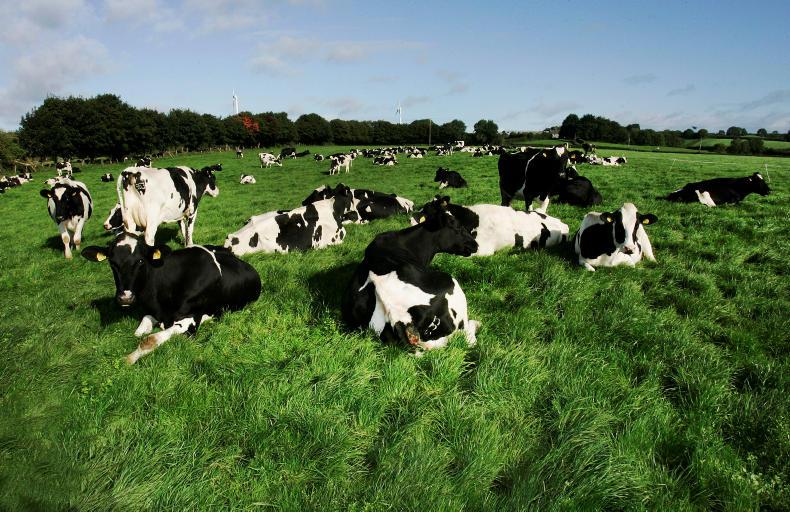
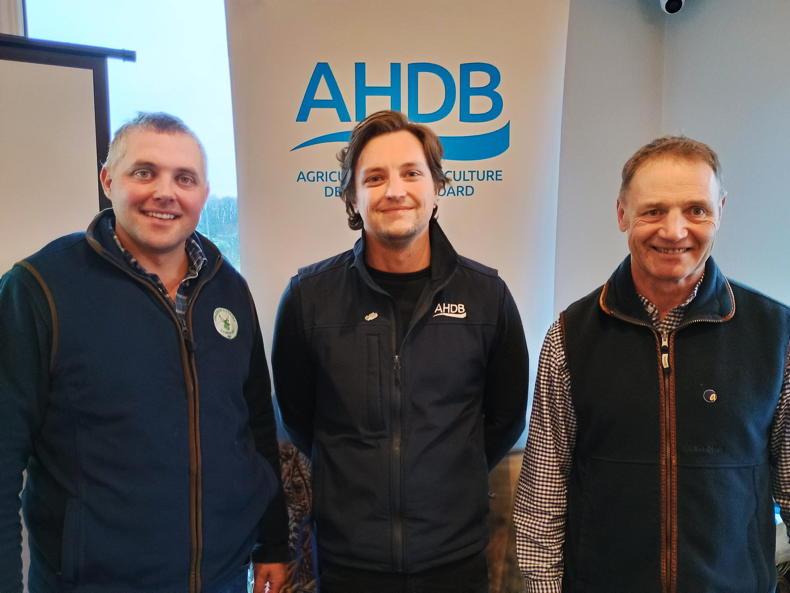

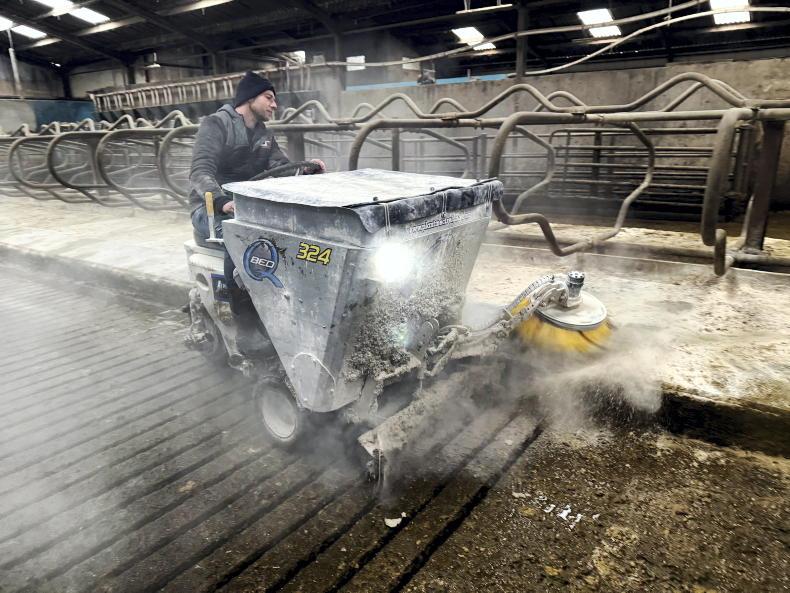
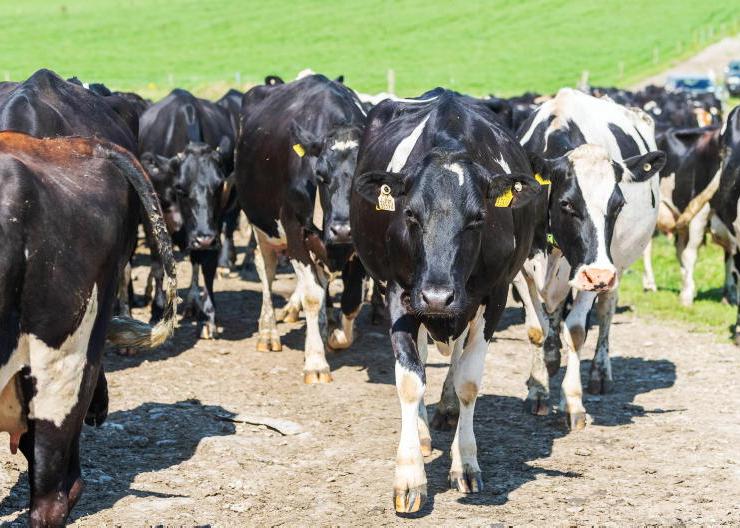
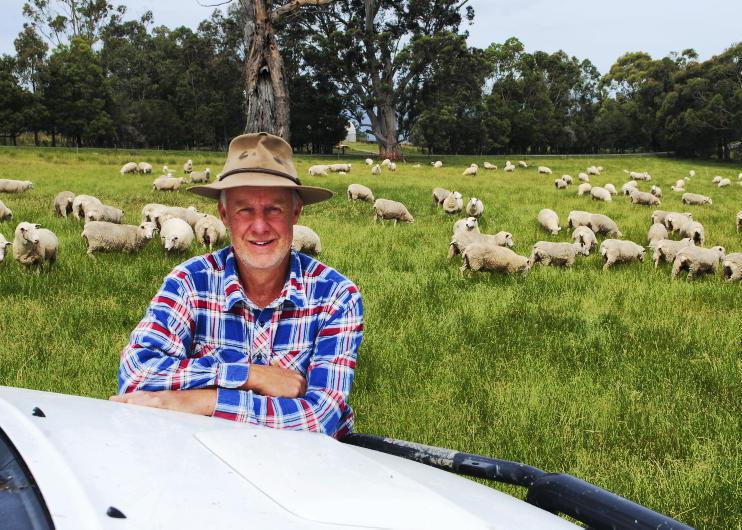
SHARING OPTIONS